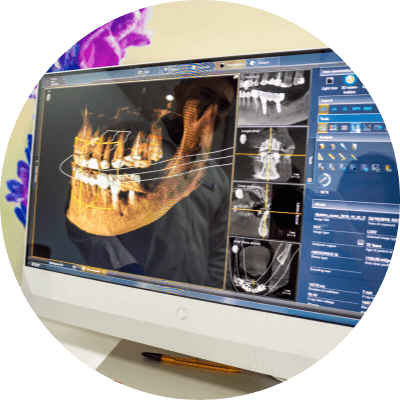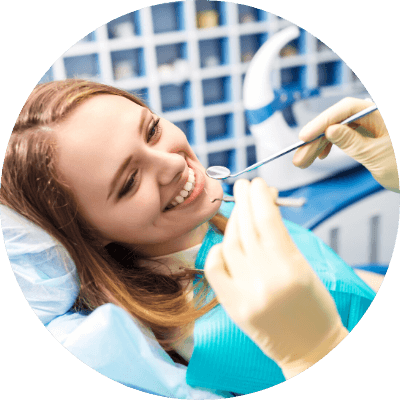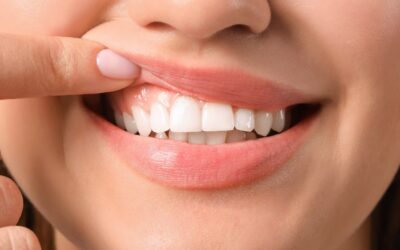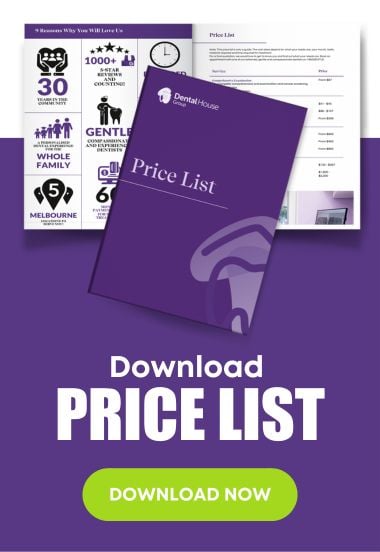Managing Missing Teeth: Open Wide for Dental Breakthroughs
Managing Missing Teeth: Open Wide for Dental Breakthroughs

Without teeth literally falling out of their own accord, or as the result of oral trauma through accident, part of managing missing teeth is making them missing in the first place.
The Journal of the American Dental Association published evidence in 2017 that the success of root canal therapy and retreatment compared to tooth extraction and implant placement is not sufficient for making clinical decisions. At the same time, an electronic search of the Cochrane, PubMed and ScienceDirect databases between December 2015 and February 2016 revealed sixty articles that met the inclusion criteria for this systematic review.
Both endodontic and replacement via implant are valid and complementary options for the rehabilitation of a tooth site.
Among the studies, no important differences between the therapies emerged until at least eight years after the procedure, with the stability and longevity of single-tooth implants having a higher success rate than the endodontic treatments.
In 2018 it was found that the limitations of conventional forceps tooth extraction and flap surgery can be solved by vertical tooth extraction. It’s minimally invasive technique better preserves the alveolar bone. Traditional forceps grip, twist, and exert crushing force on the crown, which increases the likelihood and incidence of tooth and bone fractures.
Detroit dentist Dr Richard Golden designed and patented the ‘Physics Forceps’ atraumatic extraction equipment and technique in 2007 after 36 years of practice and before retiring in the 49 year. Vertical extraction uses physics forceps – the difference being the same as removing a nail with the claw of a hammer in comparison to a pair of pliers. The handle of the hammer gives leverage. The head acts as the fulcrum, with rotational force magnified by the length of the handle, lifting the nail out.
The physical force is a constant and steady pressure from the wrist, requiring more patience than strength. The decrease in buccal (pr. ‘buckle’) bone breaks is due to the slowly applied movement, which is generally insufficient to fracture the bone plate. Buccal is from the Latin bucca meaning ‘cheek’: on a tooth it refers to the cheek-facing surface. The buccal plate is the cheek side of the jawbone that can sometimes be quite thin. The position of the tooth to be removed, the degree of infection and the amount of bone loss all factor into the likelihood of damage to the bone plate during an extraction.
You appreciate what progress is when reduced bone breakage is a breakthrough in dental restoration. Particularly when it’s followed up with dental implants that provide immediate loading and same day teeth.
The self-drilling, deepening thread design of the fixture gives ideal distribution of bone-to-implant contact and non-compressed space for bone osseointegration. It means that the placement of the prosthetic is immediate, rather than having to wait the usual 4-6 months for the stability of the implant to have loading capability. Because micro movements are minimised between the implanted fixture and the abutment on which the prosthetic sits, it reduces the potential of site bone loss.
Bone not being broken; bone being retained. Both incredibly important in the unfortunate scenario of missing teeth.
You’ll miss them, that’s for sure.
Aesthetics aside, any part of the mouth that once had a tooth anchored in place will not simply end up a vacant and unchanging gummy space. Without the pressure of a working tooth, adjacent teeth begin the migration. Often teeth further along the gum line can appear more affected. Twelve months without tooth root stimulation that assists maintain healthy jaw bone, at least 25% of density will have disintegrated where the tooth once was. Without replacement therapy, that will continue until all bone tissue is gone.
Thankfully there’s technology to assist with that.
For the high sterilisation standards required for dental bone grafts, chemicals and high levels of gamma irradiation were both used – and both known to kill native bone morphogenic proteins (BMPs), necessary for the osteogenesis process.
Research and redesign now enables the preservation of BMPs and results in sterile, cell-friendly bone grafting material that maintains cell viability.

To help reduce the complications and sometimes failure in the process of replacing a tooth with an implant, accuracy is everything. The computerised mouth mapping of 3D cone beam computed tomography (CBCT) is a scanning technology that uses a cone-shaped X-ray beam for dentists to chart the treatment and essentially digitally complete the surgery before the patient has been met. X-ray can’t tell bone density. Nor was there, prior to this, a precision method of where densest, most integral bone is, how to avoid any nerve damage and the exact angle the implant needs to be placed. Because of the differing needs of patients, the scanner also indicates which type, length and diameter fixture to use.
Like a robot did it.
Which it very well can.
In May 2022, at New York University College of Dentistry a group of graduates became the first students to perform a dental implant surgery with a computer-guided robotic arm. Placing dental implants into their correct spot requires extreme precision. The automation has exacting precision and if the patient happens to move, it moves with them. Dental robotics have been around for two decades and will soon be fundamental technology in many dental clinics.
And the prosthetic it attaches will likely be 3D printed.
If you’re of the opinion that just about anything can be dimensionally printed, there’d be little argument, and with all the items you already know, there are still a few surprises.
Miniature heart and lung models have been successfully printed, and replicated skin tissue has been grown on mice and connected with blood vessels – proving a collaboration biology. Researchers at the prestigious Northwestern University, Illinois used 3D-printed ovaries that restored fertility in mice.
Predominantly, 3D-printed dental implants means cheaper, faster, better. Lower cost is the result of a more accurate product in a much shorter manufacturing time. They also give patients a chance to experience their new teeth before the permanency via temporary restorations, crowns or veneers. After any necessary adjustments have been made, an impression of the transitional is taken, and resultant 3D-print prosthetic is the ultimate, exact match replacement tooth for each patient.
The pièce de résistance in new technology for the replacement of missing teeth has to be stem cell regeneration. It should be called ‘Aloha Therapy (AT)’ for the tooth that says goodbye before hello again, and the ability to regrow your own teeth is certainly where it’s at.
Note: All content and media on the Bacchus Marsh Dental House website and social media channels are created and published online for informational purposes only. It is not intended to be a substitute for professional medical advice and should not be relied on as health or personal advice.
Services we mentioned:
Related Articles
A Hydrogel For Jawbone Loss: Dental Rejuvenation
One of the most prevalent dental issues in the world is periodontal disease. Statistically, more than 30% of adults suffer from it. What generally starts with the inflamed and bleeding gums of gingivitis, if left untreated, progresses to not only damage supporting gum...
Why Do We Have Two Sets Of Teeth?
With the exception of mammals, most animals are polyphyodonts - that is they continually replace their teeth throughout their lives. Sharks have a tooth replacement process that works much like a conveyer belt from back to front. Crocodiles will renew each of their...
Dental Tourism: Tijuana Cheaper Dental Procedure? Dubai Veneers For Less?
By guest writer Suzanne Wyhldher It’s a tough decision when the dental work we need is beyond our budget - generally because for some reason the mouth in most countries is treated as separate from the rest of the body. For many people, their mouth is what gets them/us...
Choreography of the Gums: What Do Dentists Mean By It?
What do we know of choreography? For most of us, as with art, technically not much. We just know what we like. We know how a particular form, pattern and movement make us feel. Few of us really care to know whether Van Gough and Warhol favoured filbert or spotter...














